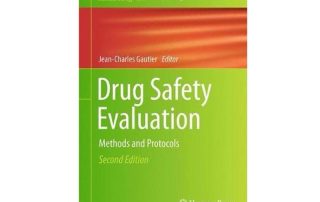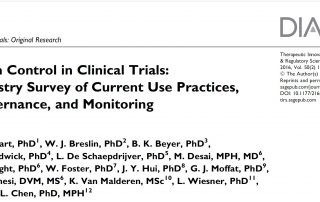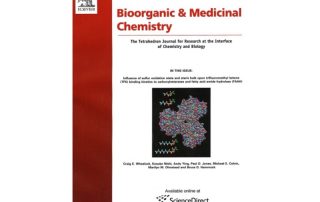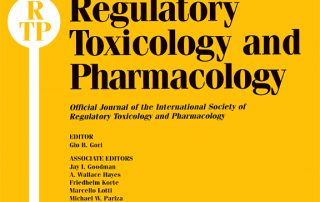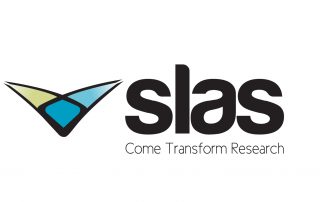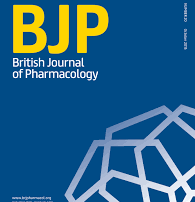Target Safety Assessments: Strategies and Resources
Target Safety Assessment: Strategies and Resources, Chapter 12 of Drug Safety Evaluation Methods in Molecular Biology (vol 1641), was written by Dr Richard J Brennan, a Scientific Advisor at Sanofi in the United States. The chapter presents a summary of the information types and sources that should be investigated and approaches that can be [...]

